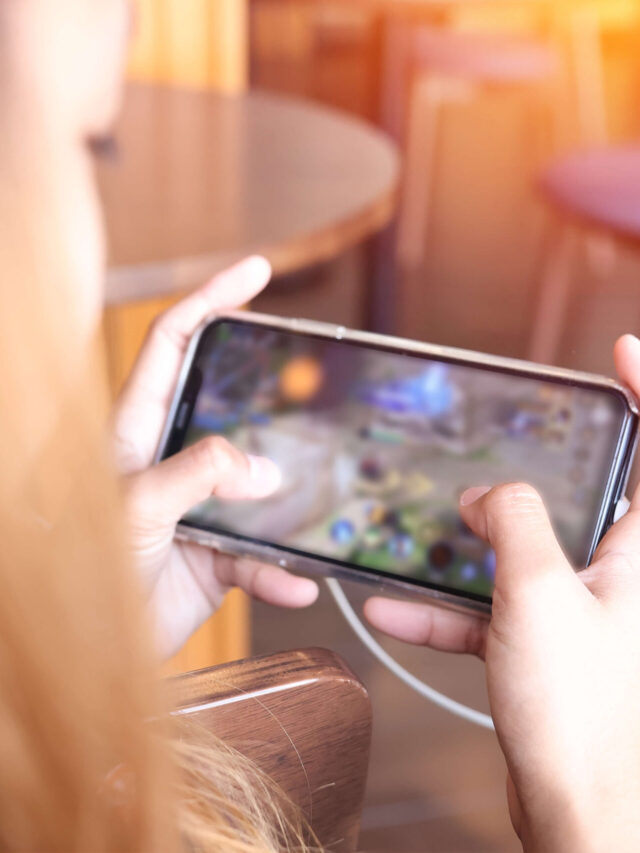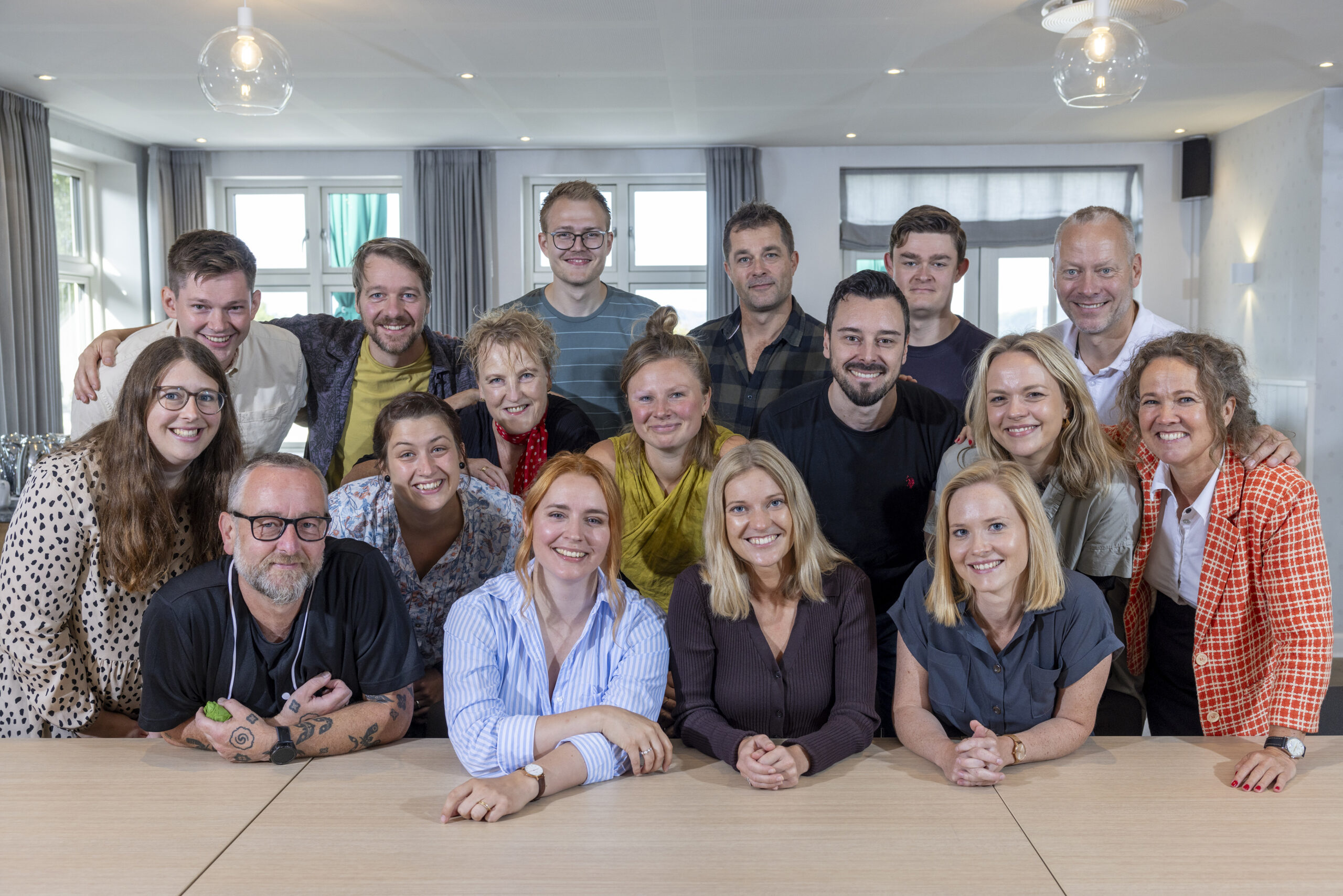Suicide works!
Christian Mogensen, speaker & project manager, CfDP
Spoiler alert: This article contains descriptions of the end of the series, so if you would like to watch the series, reconsider whether or not to read this article.
Problems and solutions
Before the drama unfolds, the series is introduced against the backdrop of an acoustic guitar and an introduction of the narrator – Hannah – who is dead. Shifting from the recited posthumous suicide note to real-time, two young girls are standing next to the deceased Hannah’s classical high-school locker, talking about how beautiful she is in the pictures before they snap a selfie, capturing the biggest portrait on the locker.

13 Reasons Why shows teenage life with all its digital detours.
13 Reasons Why is overflowing with references and caricatures of teenage life, some more precise than others. Most importantly, the series sets the perspective at eye level with the teenage protagonists and takes very seriously their broken hearts, the raging rumours, their staggering identity, and their starting sexuality. Hannah Baker’s suicide is readily a reaction to easily recognisable teenage challenges which most viewers of the same age group would resonance with, and for this reason, we as professionals must pursue the question of whether the “hero”, in light of the series’ reaction to ordinary problems, is made to be ordinary – or glorified?
Also, read our interview with C – a young girl who has previously suffered from cutting, self-harm, and suicide-attempts – where we talk about the series’ representation of difficult subjects: “I do understand Hannah”
During the journey of the series’ 13 episodes, we get to know Hannah and her motives on an intimate and honest level. All the heavier is the emotional punch to the stomach when we see one of the most graphic and violent scenes ever during the final episode. Important – We must warn that the description of the ending of the series below may seem very violent but we describe it here in order to emphasise why it’s important for professionals and parents to talk to young people about the series:
Hannah finds herself in the family bathroom. She turns on the water in the bath tub. She makes a little insecure nod to herself in the mirror above the bathroom sink before she steps into the bath tub. Her clothes get wet and she starts to cry. With her right hand, she opens the artery on her left arm. We see her skin being depressed before it releases itself to the razor blade with blood trickling down. First a little bit, then a lot. Next, she does the same thing to her right arm. She twists because it hurts but she continues. As the water turns red, she loses consciousness. Her mother finds her, screams, clasps her to her while she screams for God, Hanna’s father, and Hannah herself.
Bullying and speaking time
The suicide in 13 Reasons Why is neither depicted as something beautiful or “right”; her parents are destroyed, her classmates are crying, and no one really understands why.
Hannah’s biggest problem – before her suicide – is that she is misunderstood or overlooked by the people around her. Nobody listens (or understands her), and nobody sees her. Really sees her. – As she says in her tape recordings leading up to her suicide:
“Do not take me for granted. Not again.”
When Hannah does not want to be taken for granted – again – or when she half despairingly, half accusingly says, “You’ve never been a girl,” you take her seriously because she has made the ultimate sacrifice to get the viewers’ attention. The suicide gives Hannah an authority to tell her story from her perspective – almost an entitlement.

Why would a dead girl lie?
The risk of 13 Reasons Why is not the fact that it articulates a suicide or perhaps glorifies it. Teenagers know that suicide exists. The risk of the series is the fact that Hannah does not get her speaking time until she has killed herself. Hannah does not become important until she has committed suicide, and therein lies the series’ greatest challenge: The suicide becomes a necessary means to stop the things Hannah experiences and is exposed to. The only way (in the series) she can stop the bullying, the abuse, and the indifference is by slitting her wrists.
At no time are mental issues or diagnoses which may lead to suicide, if not remedied, articulated. – Potential remedy which also does not play a big role in the series; guilt imposition, on the other hand, does; It’s everybody else – the 13 people who each have received their own cassette tape – who are to blame that Hannah is dead. Her final revenge are the accusations on tape, and they are left with no opportunity to fend for themselves.
Help?
“What if the only way not to feel bad, is to stop feeling anything, at all – forever?”
But you can get help! Denmark has helplines for both chat, text, and talking, and we have a vast network for prevention of suicide and self-harm – like most other countries do. These networks and measures are not touched by the popular Netflix show, and that’s a problem. The problem is not that the series focuses on a girl’s suicide – the problem is that the series presents the suicide as an effective “now I’ll show everyone they were wrong!”-solution, and at the same time presenting it as an inevitable endgame for bullying and abuse. 13 Reasons Why is excellent television containing all the ingredients for becoming a next generation of Beverly Hills; it’s already been renewed for another season and it’s particularly popular among teenagers.

13 Reasons Why very much deals with being the one left out.
As parents and professionals we may take advantage of people’s interest in the series and the subject it addresses – we know that the show is watched by young people, and we know that the show does not really try to lift the responsibility which necessarily has to accompany such a heavy issue. This responsibility trickles down to the adults, especially adults around young people who potentially could see Hannah’s suicide as a “good idea”, both because of a heavy teen-mindset but also because of a nobody-listens-to-me-frustration which can greatly occupy life during teen-years.
13 Reasons Why kicks up high a pretty big ball – it’s the responsibility of professionals and parents to catch it again.
Read more: Interview: “I do understand Hannah”
Many organisations, helplines, and chat services in Denmark are ready to listen, guide, or just “be there” for those who would like to talk about self-harm, suicide, eating disorders, and other issues. Get in touch with the Danish National Association against eating disorders and self-harm @ www.lmsos.dk/ or Lifeline @ www.livslinien.dk or tel. 70201201. Also, there’s always somebody to talk to on CfDP’s own anonymous youth counselling on www.cyberhus.dk.]]>



Hvis du vil sætte et par ord på din tilbagemelding, vil det hjælpe os rigtig meget, til at kunne forbedre vores indhold.